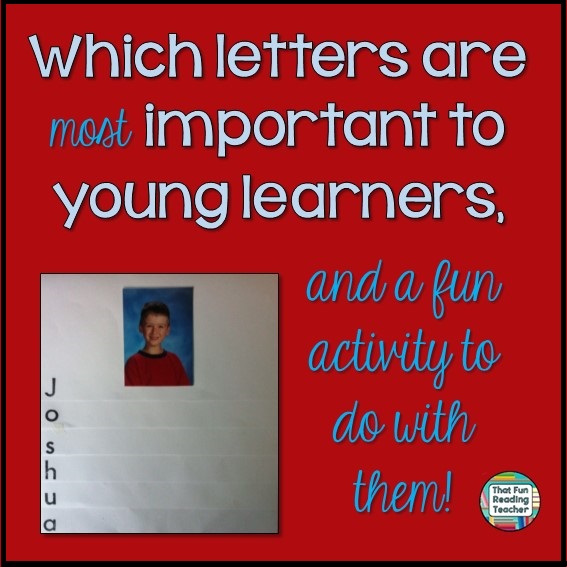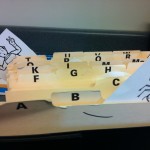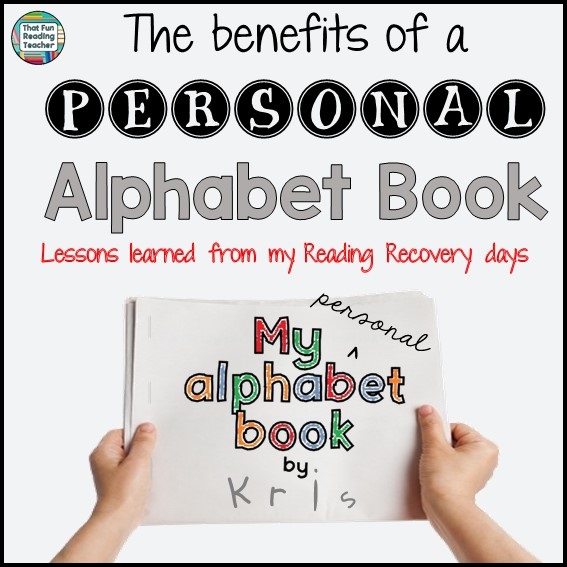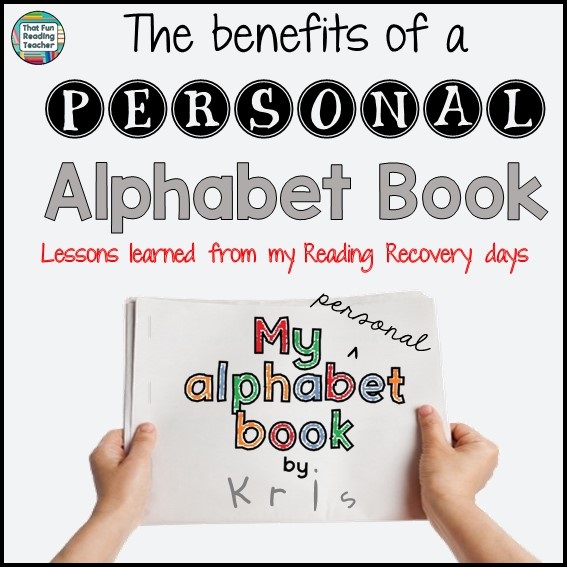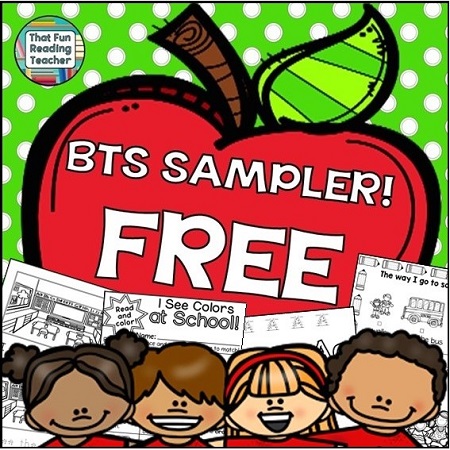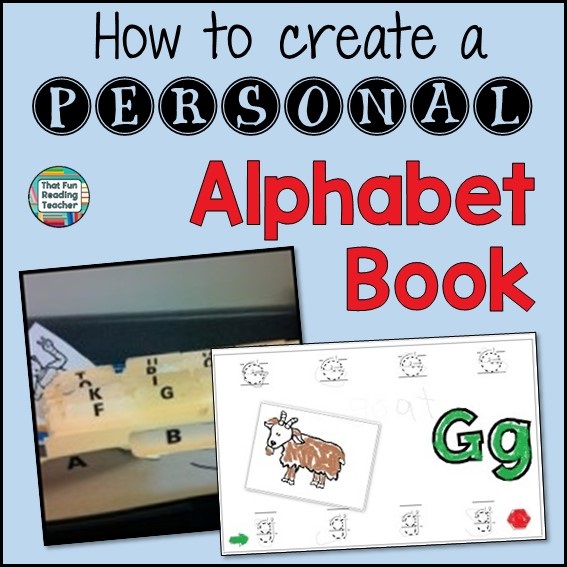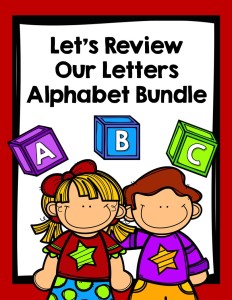Which letters are most important to young learners, and a fun (and FREE) activity!
If you want to get children’s interest, ask about their world.It really does revolve around them! The letters young kids learn to identify first are those that they see most often. Many of these are the letters in their names.There are a number of benefits beginning letter learning with letters a child is most familiar with.
Children learn best when they are happily engaged in what they are doing and are most enthusiastic when they feel confident.
With that in mind, here is the ‘how-to’ on the preparation and lesson for the ‘Letters in your name’ flipbook:
Preparation:
- Using 8 ½ x 14 paper, prepare the blank flip books. If a child has six letters in his name, you will need three sheets of paper to lay one on top of the other, leaving approximately two centimeters, or just under an inch between the bottoms of each piece of paper. When you fold the three papers in half, you will have six layers (see photo). Staple these pages together, covering any sharp staple ends safely. You now have the template for the ‘Letters in your name’ flipbook! Be sure to adjust for the length of each child’s name.
- Usually the children associate themselves with the first letter of their name. Consider whether or not you would like a photo to be used on the front cover so it can be ready for the activity, or provide people shaped tracers or stamps, and students can personalize from there
- Have a variety of options available to the children for illustrating the pages in their book. As noted in The benefits of a personal alphabet book, it is important to find out what the child naturally associates with each letter sound on her own. Reading Recovery teachers are equipped with a collection similar to the index car box in the photo, which allows for a quickly accessible variety of pictures for every letter. If what the child suggests is not available, it can simply be drawn. Many sticker collections can provide great content for these files as well as photocopies and pictures from fliers. Holiday fliers are particularly useful. ‘Witch’ and ‘ghost’ are popular alphabet book flier additions, thanks to Party Packagers and their terrific advertisements!
Materials for the activity:
- Upper case and lower case letter stamps (optional, but helpful)
- Prepared flip books (with child’s name lightly marked in pencil on the back)
- Glue sticks and coloring materials
- Small group setting (best done as a center)
- Scissors if using fliers that have not been cut
- Pictures for pages of flip books
The Activity:
- Introduce the activity by talking about names, how special they are, and reinforce that individuality and uniqueness are positive traits.
- Talk about the importance of the first letter of a name. Make big emphasis on capitalization here.
- Show the kids a model of the ‘Letters in your name’ flip book and ask them if they notice anything different about the first letter.
- If you are using stamps, show them the two sets. Explain how to use them, and about the difference between the upper and lower-case set.
- Explain that just like every person is different and special, everyone’s name book will also be different. Even if two children have the same name, it is important for them to choose a picture that jumps into their own mind right away when they hear a letter sound.
- Aim for two or three letters per day with each child. Say the letter sounds for the kids and ask them what comes into their mind when they hear them. If nothing, then leave that letter and move on. It is okay to leave a page blank. This is the start of a record of the child’s letter learning.
- Allow the children to make their pages special with colour and décor.
- Once the class is finished with this activity, send it home to be shared, but only after the information is transferred into a more permanent alphabet book that the child will continue to work on at school. This alphabet book will be a reference for the entire school year, and perhaps the next one, too.
- Have the children ‘read’ their ‘Letters in your name’ flipbook to others with pride. Reading buddies, volunteers, family members etc.
- Most importantly have fun!
What are some ways you introduce letter learning to kids?
Related:
Best wishes with Back to School, everyone!
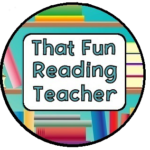 |
|
